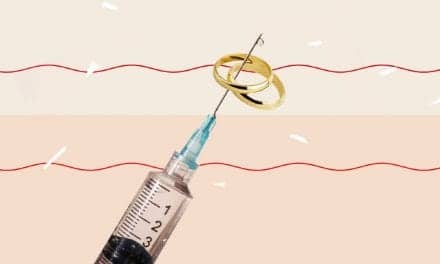DentistryQ recently published an article by Bruce Freund, DDS that heartily endorses the current move by many dentists to incorporate Botox and other injectables in practices. It seems to me that it is not so much a revolution as an evolution — that dentists would find injectables to be a gold mine of profitability seems inevitable, as it has shown to be over time. Yet, Freund puts forth the argument as well as I’ve heard it. The next revolution in dentistry: facial injectables:
For the dental practitioner, the beauty of becoming a facial injector means there is no involvement with insurance companies or laboratories, no accounts receivable (no billing, no external advertising) because your new patients are your existing patients, and — best of all — there is no expensive equipment to buy or lease.
Later in the article, Freund puts some income figures together:
An average patient will require three areas of BOTOX/Dysport in the upper third portion of the face and two syringes of filler, one in each of the nasolabial folds. Based on an average product cost factor of $250 for the Botox for these three areas and a procedure cost of $700, and a cost factor of $250 per syringe for filler and a procedure cost of $600/syringe, a net profit of $1,150 will result (total product cost was $750; total procedure cost was $1,900). These procedures should take a beginner injector approximately one hour to complete. An experienced injector could complete these procedures in half an hour.
Now, let’s expand these numbers using a minimum net profit margin of $1,000. One patient per day times five days is $5,000 per week times 50 weeks equals a net profit of $250,000 per year. Now, just imagine, two patients a day. A dentist can realistically increase his or her income by $500,000 dollars per year. For many dentists, that might actually be more than they earn from their entire dental practice.


